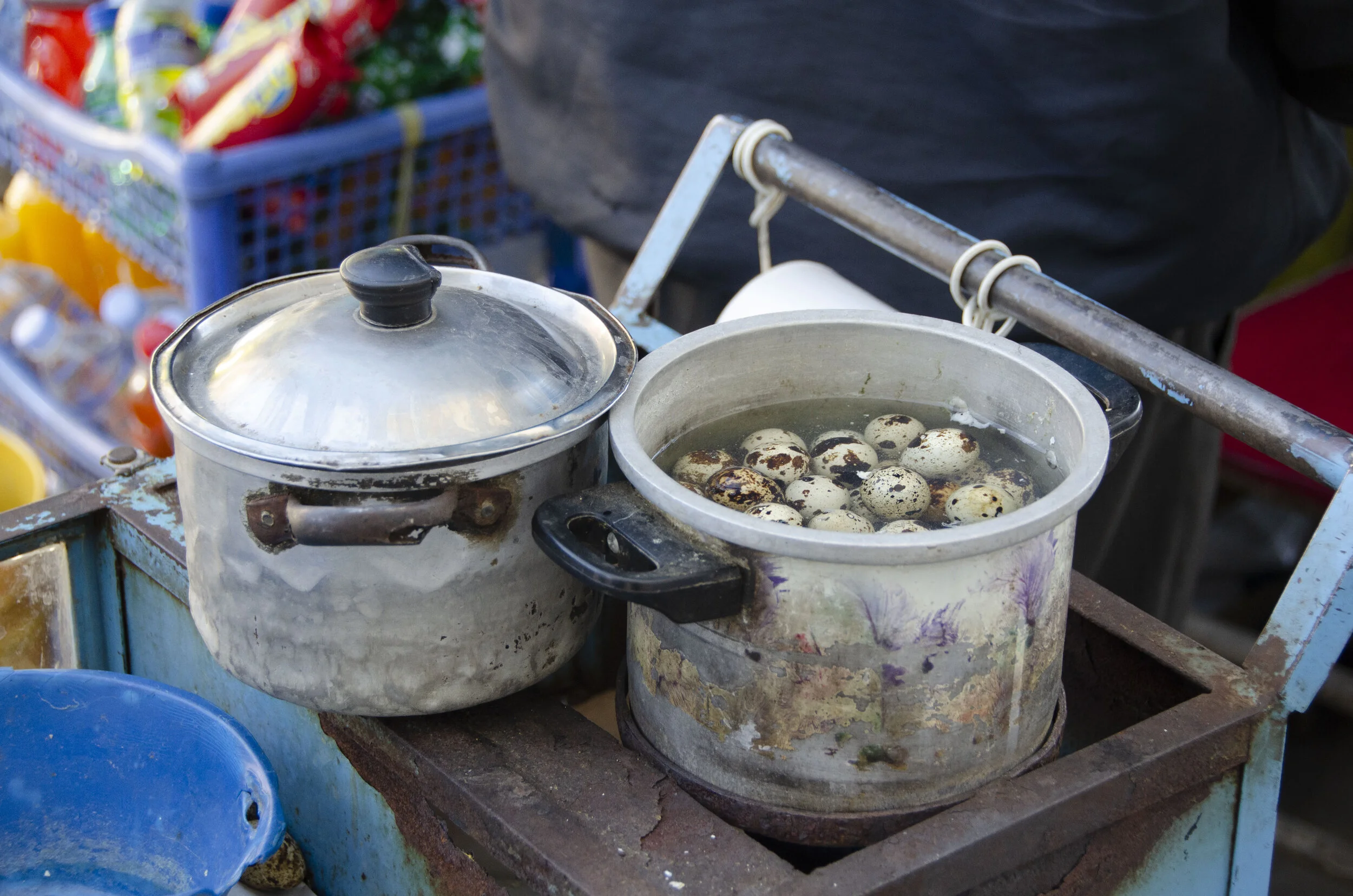Photojournalism
— capturing stories & street scenes from cultures around the world

The strength & bitterness of traditional Ethiopian coffee is overwhelming, and most Ethiopians and foreigners alike will add heaps of sugar to the tiny cups. You may also find a small sprig of rue in your cup, which adds a sharp flavor that’s like something between pine & anise.

Nearly half of all Ethiopians are under the age of 14. These beautiful kids are bright, joyful, hard-working, and inquisitive. They go to school if they are able, and many contribute by taking care of the family cows, carrying crops to market, or minding a little shop or “soukh.”

Dawn in Addis Ababa is not as peaceful as this photo looks. Alongside the bird chirps and rooster crows, every church and mosque in the city competes for public attention with chanting prayers and liturgy booming from their loudspeakers.


In the few moments that I sat on the curb across from this man, a thousand questions flashed through my mind. I wished I could know his thoughts, his story, his name. He was so serene that, even when he did crack a smile, the corners of his mouth seemed to move upward in slow motion. As I stood, I spoke one of the few Amharic phrases I knew — “betam konjo . . . very beautiful” & smiled back.











Because much of the country only has sporadic electricity, Ethiopians are more likely to live according to the rhythms of natural sunlight. I was amazed how quickly (and how early!) I fell asleep without lights and phone screens stimulating my senses.

This boy bathes in and drinks from that muddy stream. He lives in a tiny hut and owns only the clothes on his back. But his family has a solar panel. This means light to work or read by at night. This means email communication and internet access. You and he are worlds apart, but he may be laughing at the same memes as you.

The breathtaking view of the Huaylas Valley of northern Peru. This area sits in the shadow of Huascaran, the highest peak in any of the world’s tropics. Even the lowest part of this valley lies at over 10,000 ft above sea level.


I am convinced that no matter how many times I visit the beautiful country of Peru & its beautiful people, I will never get over it. It will always be a joy. It will always be inspiring.





The moringa tree — often called the “miracle tree” — is 100% edible. Since it grows quickly and is drought-resistant, it is an incredibly valuable food source in rural Africa. These leaves are high in iron, calcium, magnesium, fiber, antioxidants, and several vitamins.

Whether you are being chased by a crowd of shrieking children, getting packed like sardines into a taxi, or just trying to communicate well enough to buy a couple mangoes, everyday life in Ethiopia is friction.
Social interaction in a new context is hard work and it can be exhausting. At the same time, it is enlightening and growing. The time you take to try to understand shows that you care. All this friction sharpens your patience, your empathy, your perceptions, and your humor as you adapt to a new culture. Without it, we miss out on some hilarious miscommunications, some humbling moments, and some good character development.

The coffee ceremony is a vital part of Ethiopian hospitality. First, your host will lay out decorative leaves and prepare the dishes. It is common to burn incense for the guest while the beans are roasted & ground, and this sharp, piney scent mixes beautifully with the rich smell of the ground beans.







The Ethiopian Sign Language team works on the translation of Deuteronomy verse by verse, with the aid of a webcam and projector.



